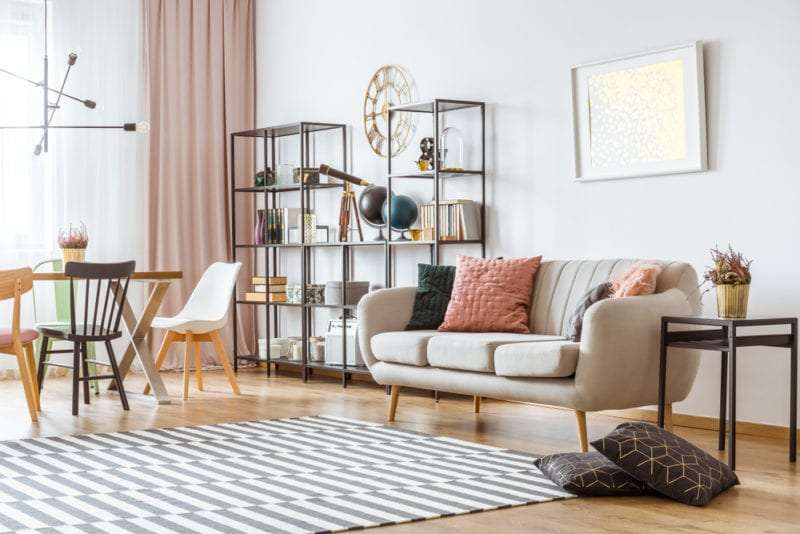The use of colors in interior design

The 60-30-10 rule

Warm colors vs. cool colors

Complementary color scheme
Similar color scheme




I am an architectural journalist and publisher interested in highlighting and presenting interior design best practices to my audience. I am always looking for new stories and ideas that will inspire my readers and enhance their lives

Gyeong buildingundulating concrete elevationred brick and concreteSeongsu-dong is a neighborhood where commercial spaces bring new vitality to the organization and build a self-sustaining cultural ecosystem. I started the project by asking, “How should this building be a collection of environmental…

Nowadays false ceilings are designed in many homes and apartments, and they have never been as popular as they are now.There are many options for a resident to design his home, but the homeowner should choose the best one when…

The use of artificial light as an architectural element,Architects try to improve their architecture experience once the sun goes down,by collaborating closely with specialist lighting planners.Architects aspire to be creative during the day as well as at nightfall, when conceiving…

If you’re new to project management, your peer construction project managers can tell you that construction project management is an energy-intensive, exhaustive, and complex process.However, having worked on many projects and gained talent for it, good planning, combined with today’s…

Soundproofing is a specialty that revolves around the effective control of unwanted noise, with various soundproofing materials used to mitigate the effects of noise.Anything from people who want a quieter home from the noisy neighbors next door, to businesses that…

Building regulations are a set of rules and standards that govern the design, construction and modification of buildings in order to ensure the health, safety, welfare and comfort of those who use them.Building regulations are an important part of the…